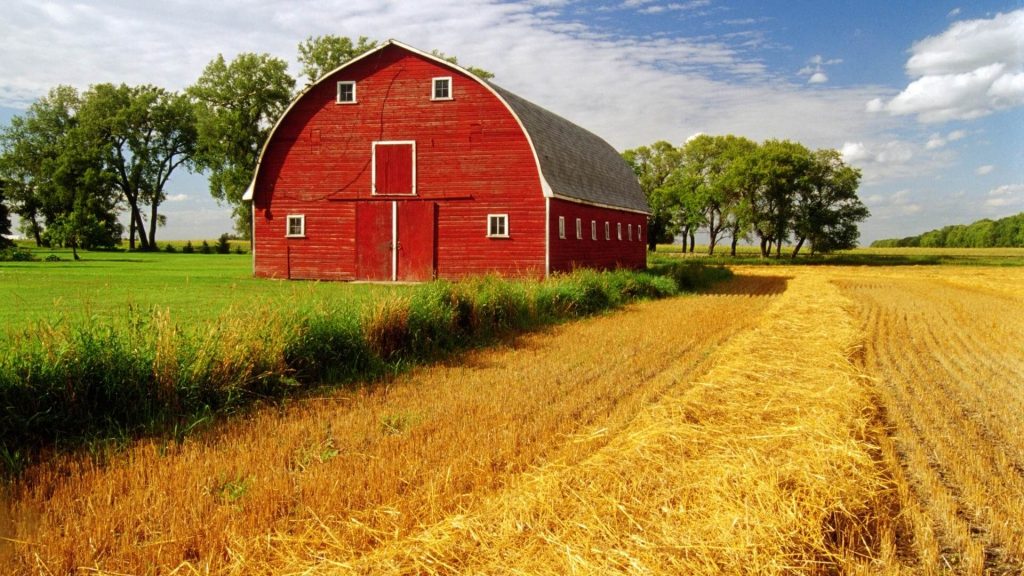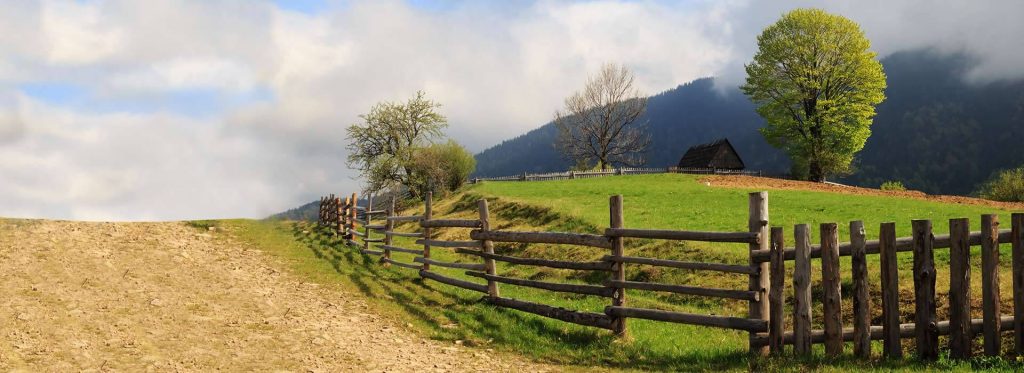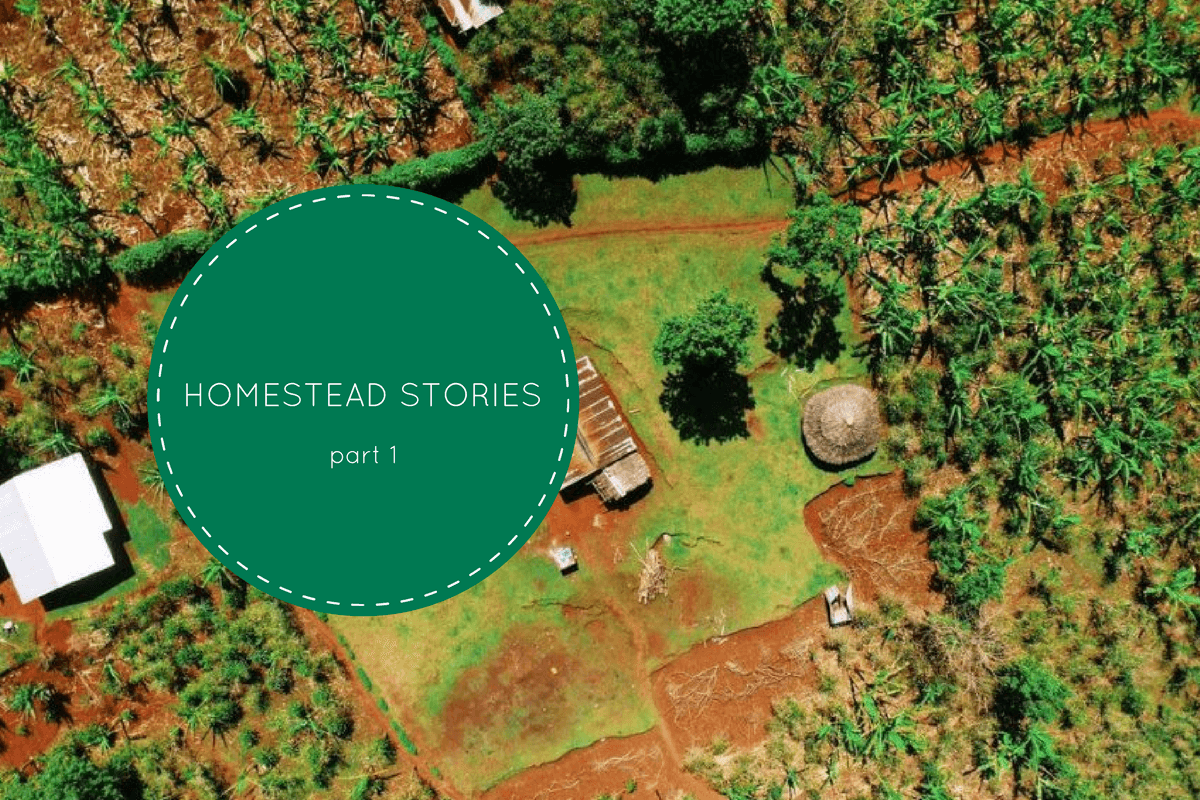5 Urban Homesteaders Share Homestead Stories – Part 1
If I had a nickel for every time someone told me “I wish I could homestead, but I’m still stuck in the city” or “I don’t have enough space to homestead, but I love reading about it”, I’d be a rich blogger indeed. Is that you? Not the rich part (although we can all dare to dream, right?)…the “wish you could homestead” part. Well, you’re not wrong. It’s NICE to have a lot of space and a rural lifestyle to go along with your homestead, but it’s 100% not necessary. Here are five homesteaders doing what they can with what they have! Queue inspiration (I hope). 🙂
Melissa from Ever Growing Farm, 1/8th acre
Upon introduction, most people don’t know what to think about the fact that we have created a 1/8 acre urban farm right in the middle of the city. They ask about zoning codes and express concerns about angry neighbors. More often than not, once we chat them up a bit, their response is either,
“I want to do that!” or, “That’s cool, but I could never…”
The truth is, urban farming is hard. It starts off with lots of planning, both for your urban garden and for the care and keeping of your backyard chickens, and quickly evolves to include the transport of heavy, nutrient rich soil to fill your newly built beds, the purchase of seeds and chicks, plus more aches, pains, frustrations and hours spent in the hot sun than you might have ever imagined. This is all before you even get to the mice in the compost, broody chickens, and horn worms.

However, with all of these challenges comes strength (of body and character), inspiration and the most delicious eggs you will ever taste. Urban farmers get to transform their own tiny spot on the planet in real, tangible ways that leave their neighbors asking for more eggs and placing empty egg cartons on your doorstep while you’re out running errands. Then, there’s the fresh off the vine tomatoes, learning how to preserve the food you worked so hard to grow and the extracts and tinctures you begin experimenting with. No matter the size of your tiny urban farm, you will be tired at the end of the day, without a doubt, but it is the best kind of tired you will probably ever feel. It’s pretty fantastic.
Don’t get me wrong, we often dream of what we call Our Eventual Farm. You know, rolling hills, a pond, chickens, goats and bees, more land than we need to grow all of our fruits and veggies, no lights or sirens to ruin the quiet.
For now though, we’re grateful for all we’ve been able to build right here, right now and are greatly enjoying the space we’re in!
Kris from Attainable Sustainable, 1/3rd acre
My family is lucky enough to live on a third of an acre that has some established fruit trees. We enjoy an overabundance of avocados a couple of times a year, plus bananas, oranges, liliko‘i and papaya in irregular bursts.
We also have a neighbor who insists that we help ourselves to his prolific, terrific tangerines when they’re in season. Our dreams of a thriving vegetable garden, on the other hand, are less fruitful. Our lot is steep and faces east, so while we have gorgeous sunrises, actual sunshine is at a premium. One of our first steps when we moved in was to cut and fill in the front yard to create a small level area for growing vegetables. Then I had the bright idea to make the driveway part of my garden since it was hogging all of the sunshine. In those two spaces, I manage to keep enough produce growing for fresh salads and such, but not nearly enough to do the canning and preserving that I did before we moved here.

We do have half a dozen laying hens who keep us in eggs most of the time. I certainly can’t complain, but I’m definitely not able to grow enough food to sustain my family of four here without doing some major earth moving. We’re keeping our eyes open for a perfect piece of land to implement our permaculture plans, but meanwhile I have to trust the farmers market for tomatoes to make salsa and chutney for the pantry, and I’m learning to grow things that are better suited to this awkward space. I’ve got sweet potatoes growing on a slope, I’ve tucked lemongrass in areas prone to erosion, and I’m learning to consider nasturtiums a food source rather than an ornamental.
Read about part 2 here.



